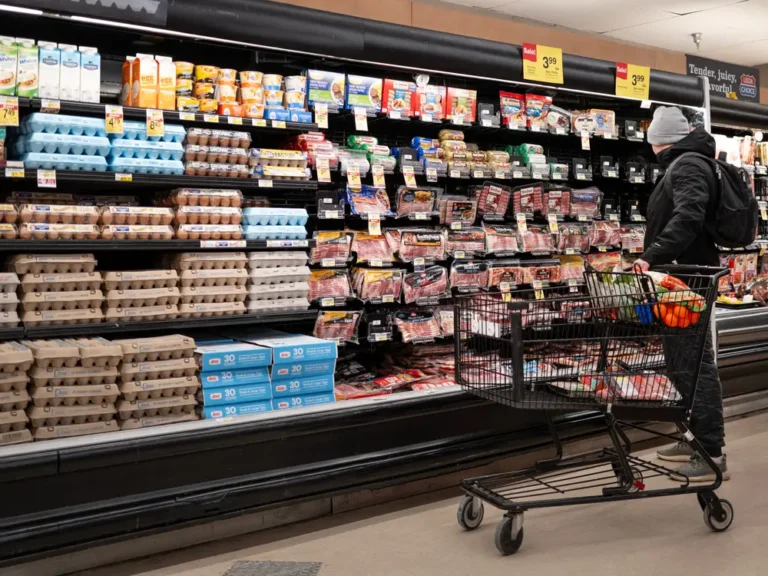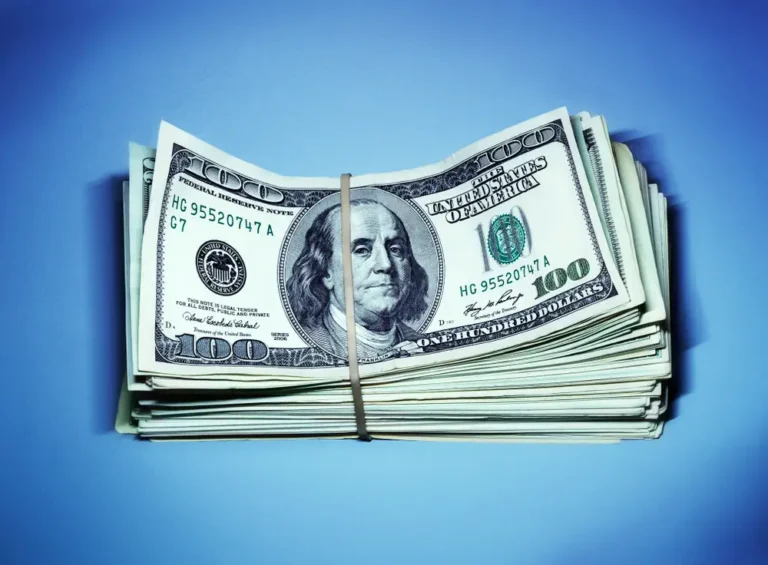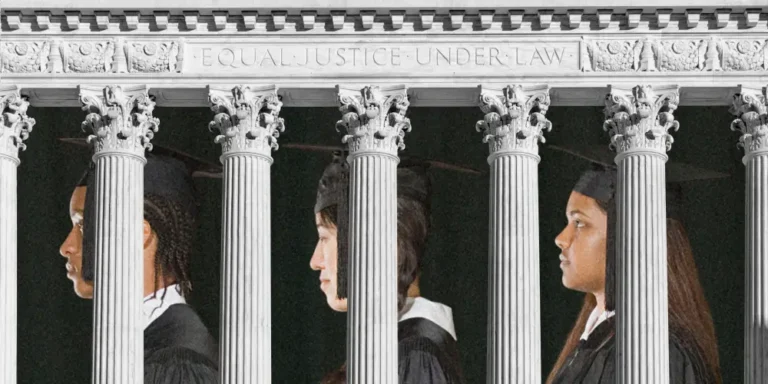There’s a 40% chance the US economy is already in a recession, according to a new indicator

A new indicator says there’s a chance we’re already in a recession that started as early as March.
There’s a new recession indicator that’s making waves, and it says there’s a 40% probability the US is already in a recession.
Economists Pascal Michaillat and Emmanuel Saez recently released the details of a new recession indicator that builds on the widely-cited Sahm rule
The Sahm rule—named for its creator, economist Claudia Sahm—uses the difference between the three-month moving average of the unemployment rate and the past 12-month low. If the difference is at least 0.5 percentage points, the US is in a recession.
The rule was triggered earlier this month when the July jobs report showed a 4.3% unemployment increase (though Sahm herself said she doesn’t think the US is in a recession).
Michaillat and Saez’s measure uses a similar methodology, but it’s two-sided, using both unemployment and the vacancy rate for open jobs.
The measure uses the Sahm rule’s procedure for unemployment, and pairs it with the difference between the three-month moving average of the vacancy rate and its past 12-month maximum.
When the indicator shows a difference of 0.3 percentage points, a recession may have started, and above 0.8 point, a recession definite.
Using data from July, the indicator is now at 0.5 percentage points, nodding to a 40% probability of a recession that could have started as early as March, Michaillat and Saez said in a paper.
The indicator works for recessions going back to 1930, while Sahm’s only works back to 1960, the economists added.
A new indicator could help economists and investors better understand if a downturn is imminent. Even though the July jobs report triggered the rule she pioneered, Sahm herself wasn’t sure it was accurate this time around.
“This pandemic cycle has been different on so many dimensions and has laid waste to so many economic models and rules of them,” Sahm said in an interview with B-17 last week. “If the Sahm Rule was going to fail, it’s going to be this time.”
She added that having such a negative effect tied to one’s name is a hefty burden and that she’s been waiting for a newer, more accurate rule to come along.
“What I am so looking forward to is someone deciding it’s great to have something like this and is motivated and goes off and does it better,” Sahm said.






